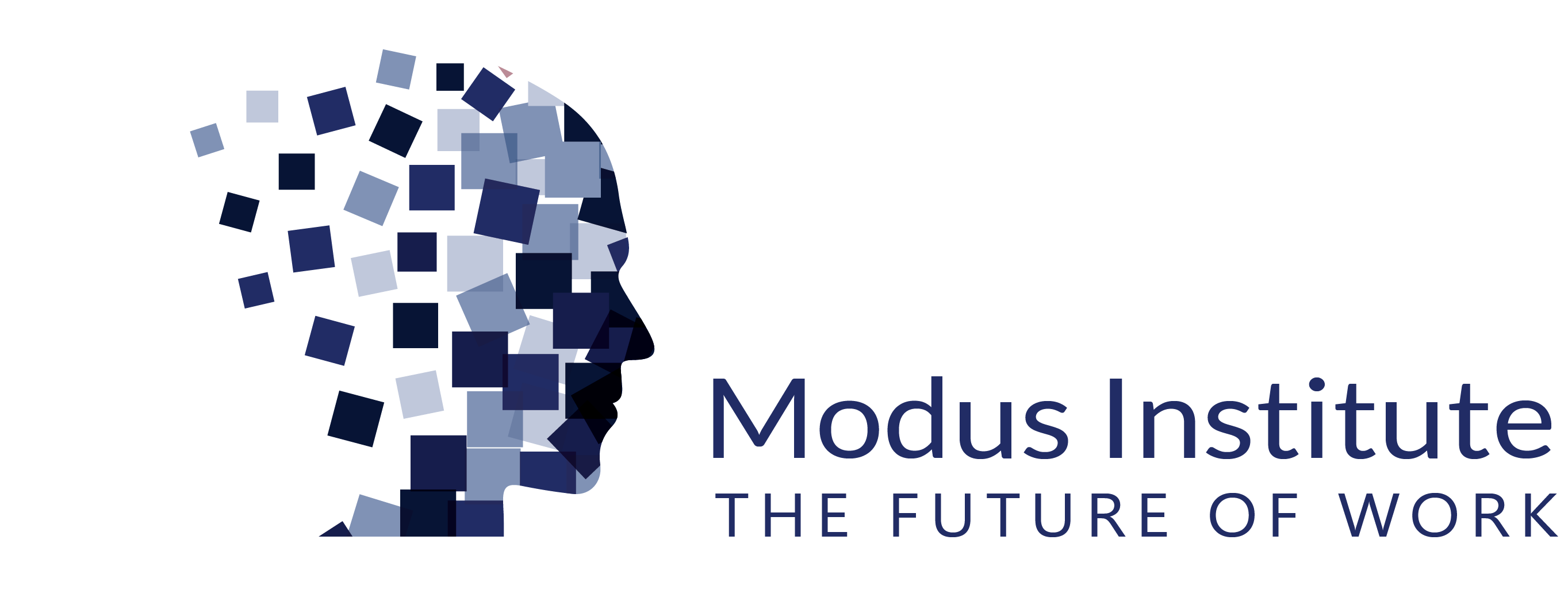Why Your Best Team Members Are Drowning (And What to Do About It)
You've got a talented team. But something's off. They're quieter. Performance is slipping. One of your best just gave notice.
Your team members aren't failing. They're drowning in cognitive load you can't see.
The Invisible Crisis: Two Layers
Layer 1: Invisible Work
Work that should be visible but isn't—undocumented projects, hidden dependencies, decisions made in silos. Your team can't self-organize around work they can't see.
Layer 2: Existential Overhead
Life circumstances consuming cognitive capacity—health crises, financial stress, grief, caregiving, trauma. None of it's on their project board. All of it's consuming their mental bandwidth.
When you have invisible work + existential overhead, you're asking people to operate at 30-60% cognitive capacity while pretending they have 100%.
What Happens When Teams Ignore Both
For the individual: Brain fragmentation, quality drops, communication breaks down, collaboration suffers.
Team impact: Work stays invisible, team can't adjust, when someone burns out it's sudden, institutional knowledge disappears, psychological safety collapses.
Organizational impact: Talent hemorrhages, expensive turnover, culture of hiding spreads, leadership gets blindsided repeatedly.
The Solution: Two Systems
System 1: Make Work Visible
Personal Kanban, Obeya, visual management—whatever method.
The principle: Work should be visible so teams self-organize.
When work is visible: dependencies clarify, bottlenecks surface, quality patterns emerge, the team can make decisions without constant check-ins.
System 2: Acknowledge Variable Capacity
- Make capacity conversations normal ("What's your realistic capacity this sprint?")
- Create safe signals for reduced capacity
- Plan with actual capacity, not fantasy
- Build slack for inevitable crises
- Adjust expectations based on reality
This isn't lowering standards. It's operating in reality.
What This Looks Like
Planning with capacity: Instead of assuming everyone has 100%, ask honestly. Plan on actual available capacity.
Visible work: When bottlenecks repeat, the team sees it and fixes it. No endless status meetings about invisible problems.
Someone struggling: Person signals early. Team adjusts. Knowledge transfers sustainably instead of disappearing.
Building This
- Start with one project: Visualize it (OPTIONS | DOING | DONE). Notice what becomes clear.
- Ask honestly: "What's realistic for everyone this sprint?"
- Create team agreements about capacity signals and how you adjust.
- Watch what changes: Less status meetings, honest conversations, better retention, consistent velocity.
The Real Cost of Ignoring Both
- Retention: Replacing people costs 50-200% of salary
- Performance: False capacity assumptions = missed deadlines, lower quality, rework
- Culture: One person's struggle teaches everyone to hide. Psychological safety collapses.
- Health: Chronic stress under impossible conditions makes people sick
- Innovation: When people are fragmented, deep work dies
Why Now?
Over 80% of workers reported risk of burnout in 2024. Not because people got lazy. Because organizations ignore invisible work and invisible capacity.
Teams that thrive make work visible, acknowledge capacity is variable, plan with reality, and build psychological safety through transparency.
This isn't soft. It's strategic.
Learn More
Full Existential Overhead article - Why teams break when they ignore human reality
Full Why Seeing Your Work Matters article - Why invisible work destroys team performance
Free webinar - Understanding both together
Paid workshop - Build systems your team can use
When your best team member gives notice, will you be surprised? Or will you have seen it coming because you were paying attention to invisible work and invisible capacity?
Make work visible. Acknowledge capacity. Build the team you actually want.
